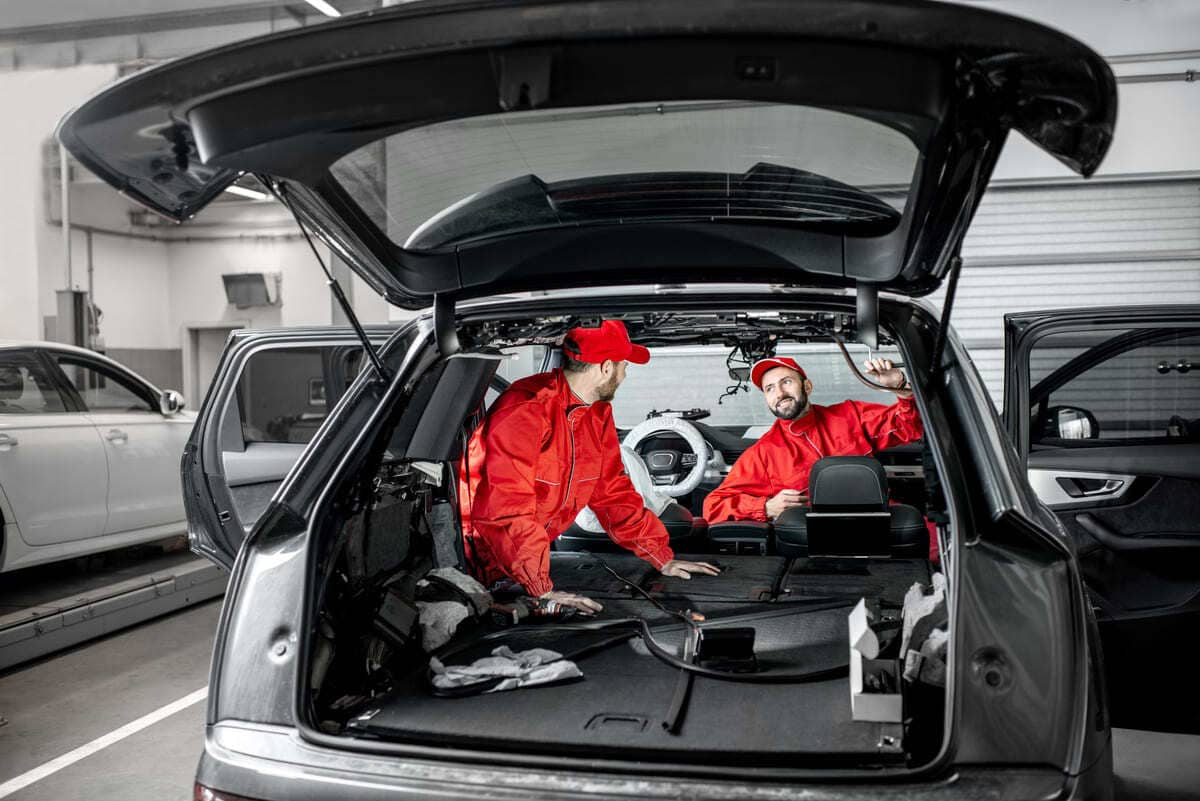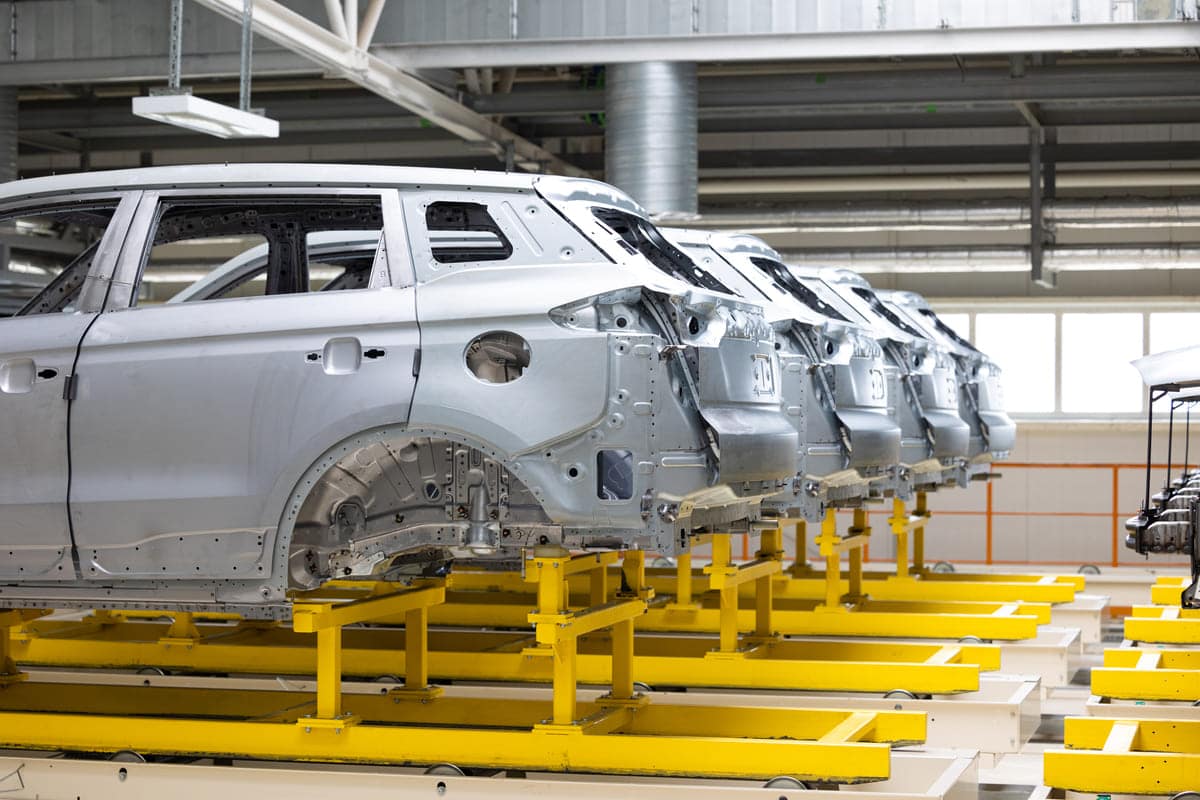These configurations come in various designs from compact hatches to spacious SUVs each designed for a purpose. The arrangement and naming of the supporting pillars define the car’s look, stability, and interior space distribution.
What are Car Body Configurations?
Car body configurations are about how the parts of a car are laid out. This includes the , passenger, and luggage areas. The design matters.
Each car what so ever the , sedan, SUV or any other body style has A, B, C, and D pillars. These support the roof and affect the car’s strength and shape.
Different configurations cater to different needs. Sedans have good space for passengers and luggage. Coupes look sporty but have less room.
Knowing these layouts will help you choose the right car for you. Whether you want style, space, or performance, car body configurations matter.
References
- Car body configurations. Wikipedia. Retrieved from
How are the Car Body Configurations Distinguished?
Car body configurations come in different types. Let’s break them down.
One-box Design:
The one-box design also known as mono-box or cab forward integrates the engine, passenger, and luggage compartments into one unified space. This configuration maximizes interior space by eliminating the divisions between these areas. Common in vans and some electric vehicles, this layout is good for space efficiency and flexibility. It’s good for carrying large items or multiple passengers, making it a popular choice for family cars and commercial vans.
Two-box Design:
In the two-box design, the car has two main sections: one for the engine and the other for passenger and luggage areas. This is common in hatchbacks, station wagons and crossovers. The second box is integrated so the cargo space can be expanded by folding the rear seats. This configuration balances utility and compactness, good for urban driving while still having storage options for daily needs.
Three-box Design:
The three-box design divides the vehicle into three areas: a front box for the engine, a middle box for passengers, and a rear box for luggage. This is the traditional layout of sedans and some coupes. The separation of compartments enhances structural integrity and defines the functional areas. The trunk in the rear compartment is secure and enclosed storage, while the passenger area is spacious and comfortable, making it a popular choice for many drivers.
Car Roof Classification:
Car roofs come in various styles that affect the car’s look and function. Convertibles have retractable roofs for open air driving. Coupes have fixed, sloping roofs for a sporty look but often less rear headroom. SUVs have taller, upright roofs for more headroom and a better view of the road. Each roof type suits different preferences and needs, from the freedom of a convertible to the practicality of an .
Understanding these designs helps you see how cars look and work differently.
References
- Car Body Styles. Start My Car. Retrieved from
- Three-box design. Wikipedia. Retrieved from

How is a Car Body Constructed?
Building a car body involves several steps. Let’s break it down and why car body configurations matter.
Step 1: Design and Planning: Engineers and designers start by creating a blueprint. They decide the car’s shape, size, and features. Computer models help them see and test the design before building anything.
Step 2: Material Selection: They choose steel or aluminum for strength and lightness. Some parts use plastic or carbon fiber for flexibility or extra strength.
Step 3: Stamping Machines called stamping presses to shape metal sheets into car parts like doors and roofs. These machines press the metal with great force to form precise shapes.
Step 4: Welding: Workers weld these shaped parts together. Welding melts parts of the metal so they into a single piece. Robots often help to ensure accuracy.
Step 5: Assembling the Frame: The frame or is the backbone of the car. Workers attach stamped and welded parts to the frame, the basic structure of the car. Different configurations affect how these parts fit and work.
Step 6: Painting: The car body is cleaned and coated to prevent rust. Multiple layers of paint and a clear coat are applied to give the car its final color and finish.
Step 7: Quality Checks: Inspectors check the car body for defects. They ensure it meets all and quality standards, and every detail is checked.
Step 8: Final Assembly: Workers put in the engine, interior, wheels and other components. The car body configuration affects how these parts fit together, space, style and functionality.
Understanding these steps shows the complexity of building a car. Car body configurations play a key role in shaping the car’s structure, appearance, and use.
References
- Car Body Style. Automobile Wiki. Retrieved from https://automobile.fandom.com/wiki/Car_body_style


